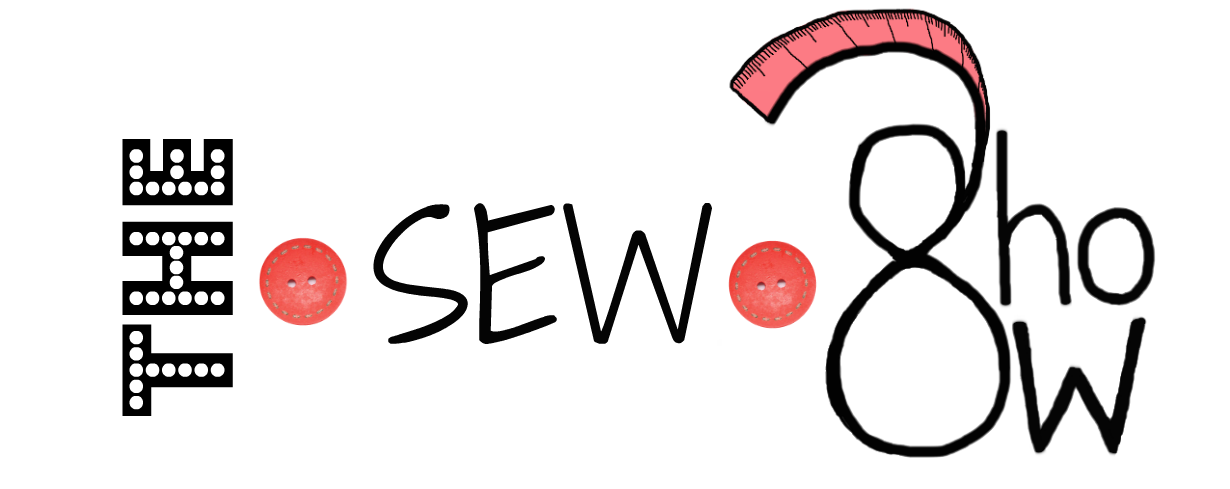Pincushion is an essential tool to have when you're sewing. You need them next to your machine so that you won't lose your pins after use. And because of this, your pincushion is most likely to look like a paper between the teeth of a wild dog. For this reason, you need to have more than one pincushion at your disposal. This post will teach you how to make a classic pincushion from scraps of fabric.
Fabric scraps
Cotton stuffing /sponge stuffing
Scissors
Thick thread
Long needle
Buttons (for classic look)
1. Outline on the fabric.
First of all, decide the size you want the pincushion to be. You can draw the circle either by using a compass or by tracing the outline of some round thing.. It doesn't even need to be round; any shape will do the job.
Keep in mind that the size of the pincushion should be appropriate for the amount of stuffing you have.
First of all, decide the size you want the pincushion to be. You can draw the circle either by using a compass or by tracing the outline of some round thing.. It doesn't even need to be round; any shape will do the job.
Keep in mind that the size of the pincushion should be appropriate for the amount of stuffing you have.
2. Cut two fabrics of same size.
If you are using the same fabric, just pin them together and cut them together. Otherwise if you're using bits and scraps then cut them accordingly.
3. Sew 3/4 with right sides of fabric together.
Once we've two pieces, place them face to face and sew them all the way leaving one fourth of gap for putting the stuffing.
Now, pinker all the way through the seam allowance. Be careful not to cut the stitches too.
4. Turn the fabric inside out and start stuffing.
Now put the stuffing in. Try not to use cloths or fabric scraps for stuffing because it may blunt the pins and also we'll be stuck halfway when we try to create the classic look with the threads later on...trust me.. you don't wanna make the same mistake ;)
5. Seal the opening.
You can either seal the one fourth of the opening by hand stitching or you can go wild and do a zigzag stitch all over the circle (whatever your shape is) like I did. It is easier (if you're lazy like me) and also makes it more beautiful.
6. Thread and needle work is up next.
Let's get the thread around the needle and start working on. Try to use thicker thread and appropriate needle.
Make a knot at the end and push the needle from the bottom towards the centre of the front part. Now pull it out and take it under and out the same holes to bring it back up. Follow the pictures if you're confused.
7. Add buttons for classic look.
With the thread and needle out of the front's centre, add the buttons you want for the classy look and also you can show off your vintage button collection.
There you have it. The perfect pincushion for a few months use ;)
























































